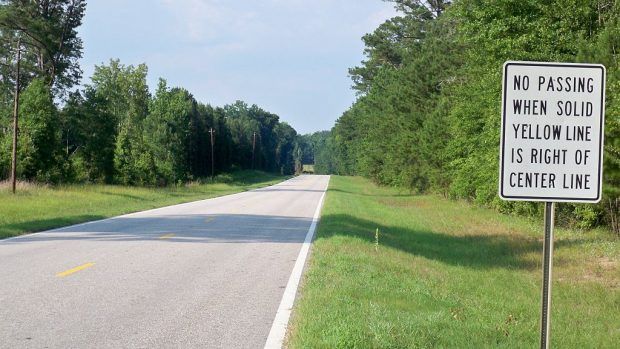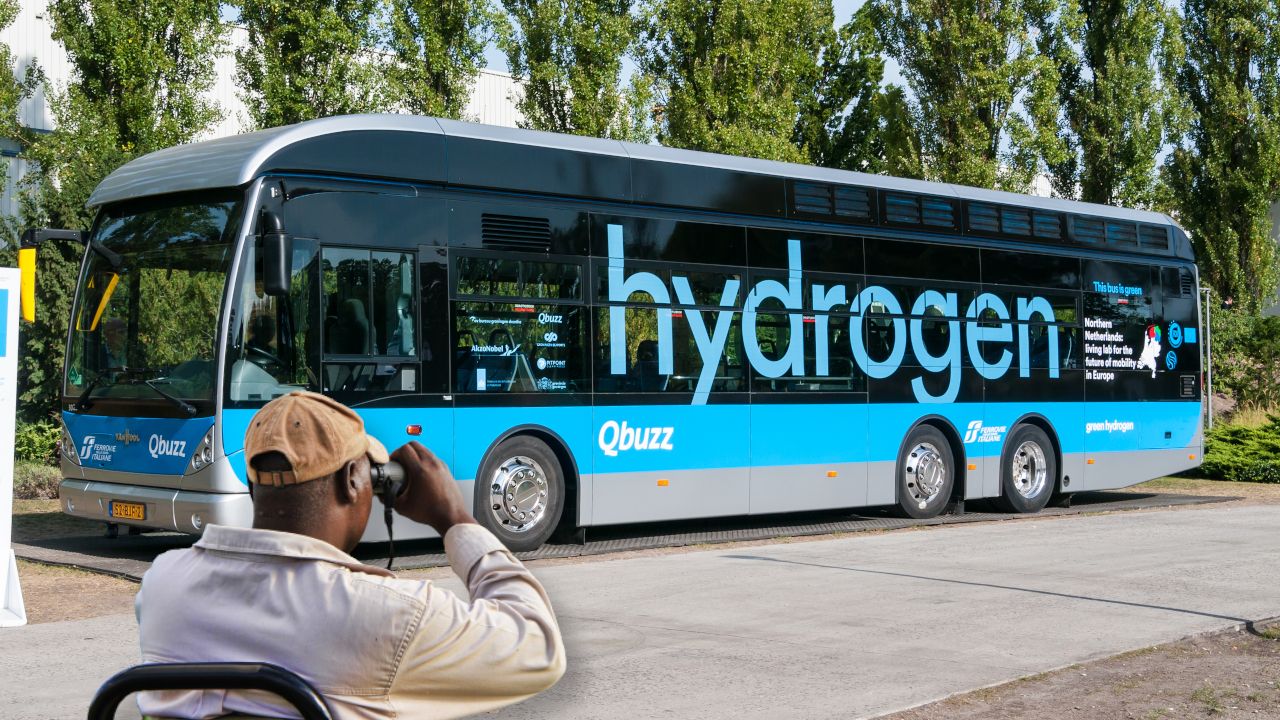
The future of transportation is already here, weaving through the bustling streets of California and beyond. Autonomous Vehicles (AVs), often referred to as self-driving cars, are no longer a concept confined to science fiction but a tangible reality transforming how we perceive mobility. As these intelligent machines become increasingly common on our roads, it’s natural to have questions, concerns, and a keen interest in understanding the ‘rules of the road’ that govern their operation. California, a vibrant hub of technological innovation, stands at the forefront of this revolution, crafting some of the most comprehensive regulations to ensure both safety and progress.
Driving in a world with autonomous vehicles means understanding a new set of dynamics, not just for the engineers and regulators, but for every road user. Whether you’re behind the wheel of a traditional car, cycling, walking, or even riding in an AV, grasping the framework that allows these vehicles to operate safely is paramount. It’s about more than just avoiding accidents; it’s about fostering an environment of trust, predictability, and efficiency as human and artificial intelligence share the intricate dance of daily commutes.
This in-depth guide is designed to empower you with practical, actionable knowledge about sharing the road safely with autonomous vehicles, particularly within California’s robust regulatory landscape. We’ll break down the essential rules, guidelines, and frameworks that define AV operation, shedding light on everything from what an autonomous vehicle actually is to the intricate oversight mechanisms in place. By understanding these foundational elements, you’ll be better equipped to navigate this exciting evolution in transportation and contribute to a safer, more integrated road experience for everyone.
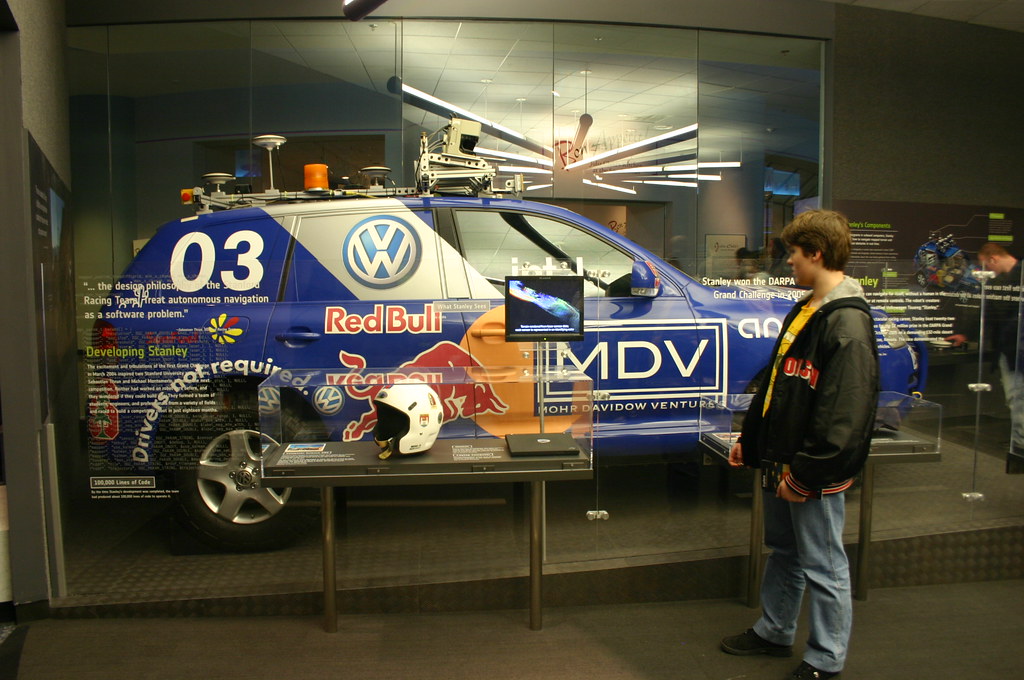
1. **Defining the Autonomous Vehicle Landscape: Understanding SAE Levels and Core Concepts**To truly share the road safely with autonomous vehicles, our first step is to demystify what an autonomous vehicle (AV) actually is and how its capabilities are categorized. An autonomous vehicle is fundamentally any vehicle that can operate without human input or oversight by someone other than its driver. This definition is crucial because it highlights the vehicle’s inherent ability to perceive its surroundings and make driving decisions autonomously, powered by an array of sensors and sophisticated algorithms.
However, ‘autonomous’ isn’t a single, monolithic concept. The industry widely adopts a five-stage taxonomy, established by SAE International, to describe varying levels of automation. These levels range from Level 0, which offers warnings and momentary assistance like emergency braking or blind spot warnings, up to Level 5, where the vehicle can drive itself under all conditions without any human intervention. Levels 0-2 are typically considered “driver support features” or Advanced Driver Assistance Systems (ADAS), which are already common in many vehicles on the road today, assisting the human driver rather than replacing them.
Our primary focus when discussing truly autonomous operation—and the regulatory frameworks surrounding it—falls on Levels 3-5. These are categorized as “automated driving features” or Automated Driving Systems (ADS). A Level 3 vehicle can drive itself under limited conditions but still requires a human backup driver to take over when necessary. Level 4 can drive under limited conditions without needing human takeover, and Level 5 represents full automation in all conditions. Understanding this spectrum is vital for all road users, as it informs expectations about a vehicle’s self-driving capabilities and the potential need for human intervention.
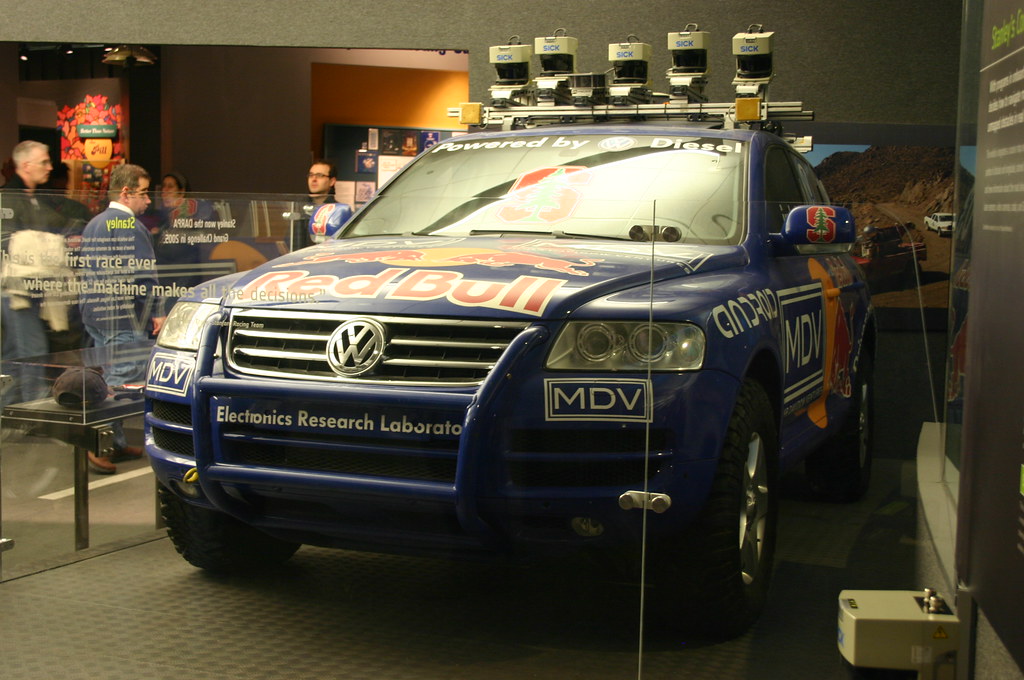
2. **California’s Pioneering Regulatory Role: Why it Matters for Road Users**When we talk about autonomous vehicles sharing the road, California’s role cannot be overstated. The state has cemented its position as a global leader, boasting the most comprehensive autonomous vehicle driving laws in the United States. This isn’t just a point of pride; it translates directly into a more structured and, by extension, safer environment for integrating AVs onto public roads. California was among the first, specifically the third state after Nevada and Florida in 2012, to permit self-driving vehicles on its state roads, setting an early precedent for responsible innovation.
The regulatory robustness in California means that self-driving cars operating here are subject to more stringent oversight than in many other regions. This commitment to regulatory depth provides a critical layer of assurance for the public. It ensures that the development and deployment of AV technology are not just driven by innovation, but also by a deep-seated commitment to public safety. For ordinary road users, this means that the autonomous vehicles they encounter have passed through a rigorous gauntlet of legal and technical requirements.
At the heart of California’s regulatory framework is a special Autonomous Vehicles branch within the California Department of Motor Vehicles (DMV). This dedicated arm is tasked with establishing and continually updating the laws, rules, and regulations specifically for self-driving vehicles. This centralized and specialized approach is a significant factor in why California’s roads are often the testing grounds for cutting-edge AV technology, and why understanding these regulations is key to safely interacting with these vehicles.
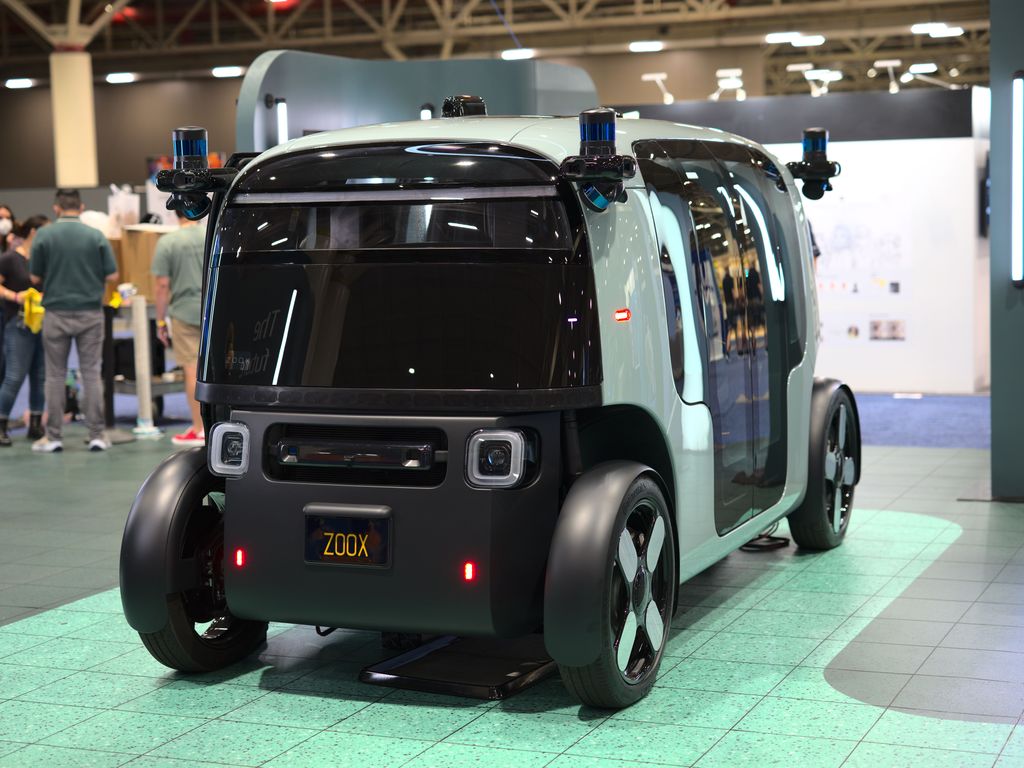
3. **Permit Requirements: The Gatekeepers of AV Operation**One of the most fundamental rules ensuring safe road sharing with autonomous vehicles in California revolves around stringent permit requirements. Companies developing autonomous vehicles cannot simply deploy them onto public roads; they must first obtain specific permits from the California DMV. This multi-layered permitting process acts as a critical gatekeeper, ensuring that only those who meet rigorous safety and operational standards are allowed to test or commercially operate their AVs.
There are two primary categories of permits, each tailored to different stages of AV development and deployment. The first type is for testing with a safety driver, which requires a human operator to be present and ready to take control. The second, and more advanced, permit allows for fully driverless testing. Each permit application demands significant documentation, including proof of financial responsibility, detailed safety assessments, and certified compliance with federal vehicle standards. These requirements are not mere bureaucratic hurdles; they are designed to meticulously vet the technology and the operational protocols.
For companies aiming for commercial deployment—allowing them to offer autonomous ride-hailing or delivery services—the conditions become even stricter. These deployment permits necessitate certification of compliance with Federal Motor Vehicle Safety Standards (FMVSS) or an exemption from the National Highway Traffic Safety Administration (NHTSA). Furthermore, applicants must submit a comprehensive law enforcement interaction plan and demonstrate their capability to receive and respond to real-time vehicle data. This systematic approach ensures that autonomous vehicles operating on California’s roads have undergone extensive scrutiny and meet high safety thresholds before interacting with the general public.
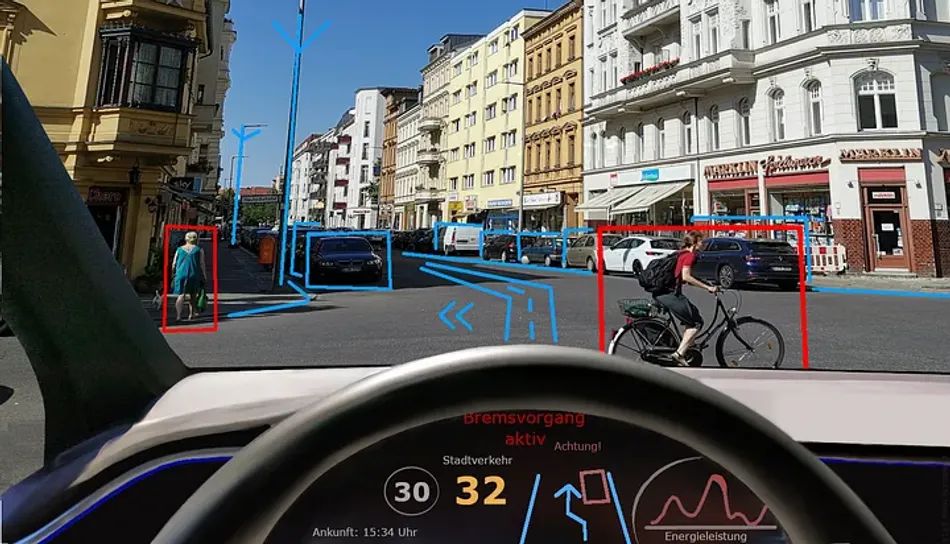
4. **The Indispensable Role of the Safety Driver: A Rule for Early-Stage Testing**While the ultimate goal of autonomous vehicle technology is full self-driving, an essential rule for safe road sharing, particularly during the testing phases, is the mandatory presence of a human safety driver. In California, all testing AVs must have a driver ready to take immediate control of the vehicle in case of a system failure or any other emergency. This provision acts as a critical fail-safe, ensuring that human judgment and reflexes are always available to prevent potential incidents.
This rule underscores a fundamental principle of safe AV development: gradual, controlled integration. It acknowledges that autonomous technology, while rapidly advancing, is still in a developmental phase, and human oversight is a necessary bridge to full autonomy. The safety driver isn’t just a passenger; they are a highly trained individual equipped to monitor the AV’s performance, intervene when needed, and provide invaluable data on system behavior in real-world scenarios. Their presence transforms a potential risk into a learning opportunity, refining the technology’s capabilities.
It’s important to differentiate between testing permits and the current reality of “full self-driving” availability for the public. As the context clearly states, completely autonomous driving mode, or full self-driving vehicles, are not available for use outside of testing. Even for fully autonomous vehicles permitted to operate on public roads, they may only be operated by persons authorized by the manufacturer who submitted a testing application to the DMV. This highlights that for now, the human element remains a crucial, if sometimes hidden, component in the safe operation of advanced AVs on California’s roads.
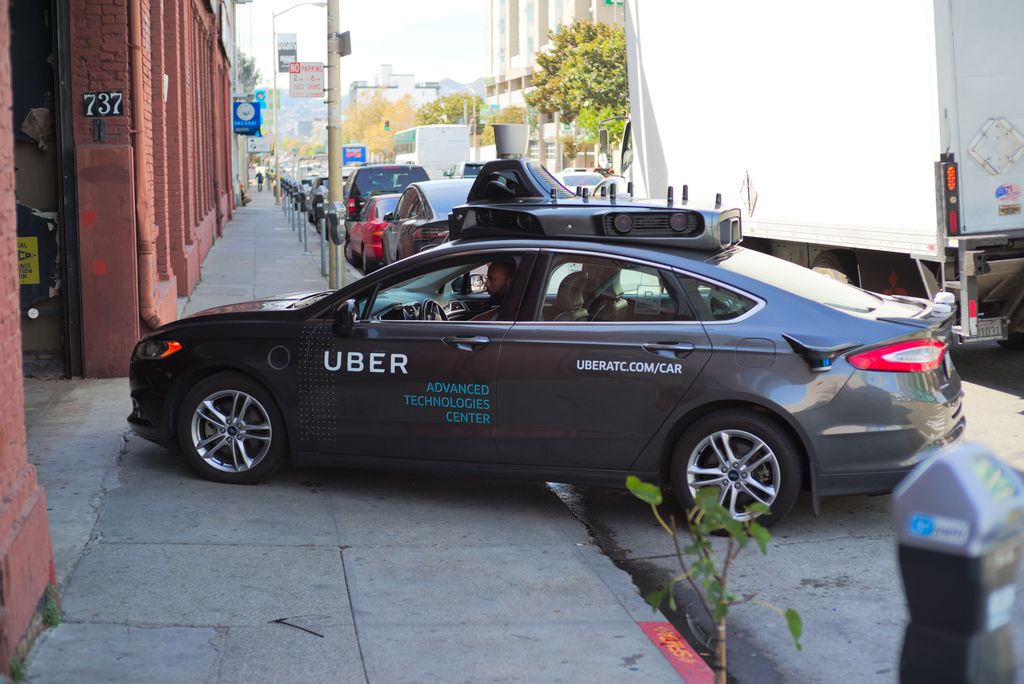
5. **Ensuring Financial Responsibility: Insurance and Surety Bonds are Essential**One of the paramount rules for ensuring safety and trust in the autonomous vehicle ecosystem is the mandate for robust financial responsibility. Sharing the road safely with AVs isn’t just about operational integrity; it’s also about clear accountability in the event of an incident. California’s regulations directly address this by requiring companies testing autonomous vehicles to carry substantial liability insurance or a surety bond, providing a crucial safety net for all road users.
Specifically, companies engaging in autonomous vehicle testing must hold at least $5 million in liability insurance or a surety bond. This requirement applies universally to both driverless testing scenarios and those where a safety driver is present. This significant financial backing is designed to cover potential damages, injuries, or fatalities that might occur during the testing phase, offering protection to third parties who might be involved in an accident with an autonomous vehicle. It reflects a proactive approach to risk management, acknowledging the novel challenges presented by this new technology.
For commercial deployment—where AVs are used for services like ride-hailing or delivery—the insurance obligations become even more intricate. These operators must secure coverage that meets or surpasses California’s minimum auto liability limits, which are $15,000 per person, $30,000 per accident for bodily injury, and $5,000 for property damage. However, given the potential complexities and severity of autonomous vehicle accidents, many companies opt for considerably higher policy limits or umbrella coverage. This rule ensures that financial resources are in place to address the potentially profound implications of AV-related incidents, safeguarding individuals and property.
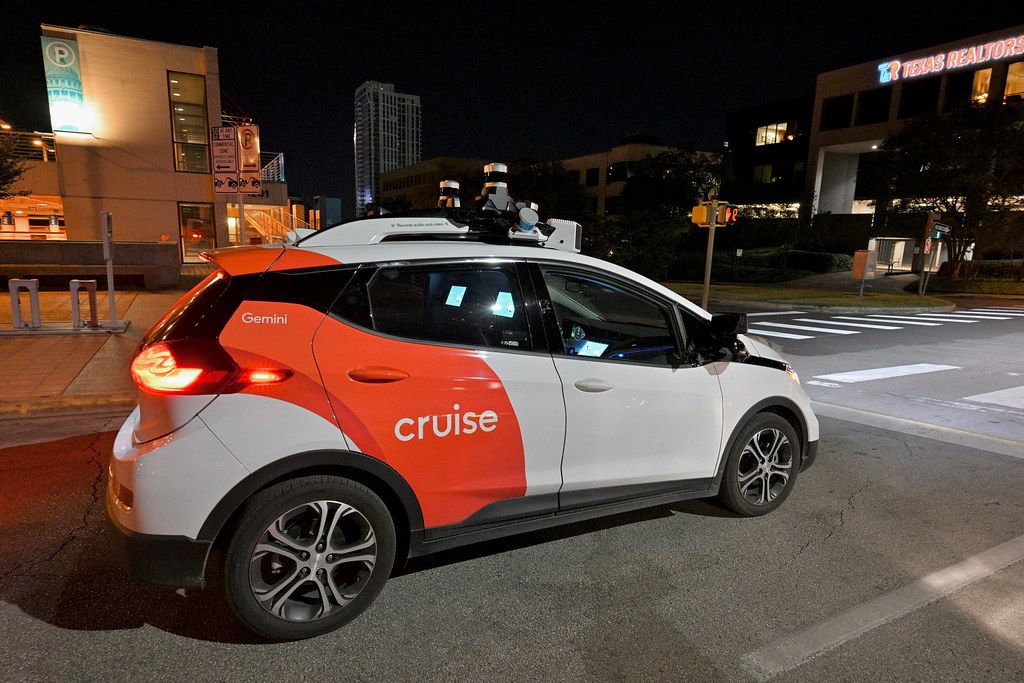
6. **Understanding Testing and Deployment Oversight: Who’s Watching the AVs?**For autonomous vehicles to safely share our roads, continuous and comprehensive oversight is not merely a suggestion, but a fundamental rule. In California, this crucial responsibility is shared primarily between the Department of Motor Vehicles (DMV) and the California Public Utilities Commission (CPUC). This dual oversight ensures that AVs are not only technologically sound during testing but also operate responsibly once deployed for commercial services, building public confidence in their integration.
The DMV plays a pivotal role in enforcing testing protocols. This includes the collection and analysis of annual disengagement reports, which meticulously track every instance where a human operator had to take manual control of an autonomous vehicle. These reports are invaluable; they provide regulators with a clear snapshot of the reliability and maturity of self-driving technology, highlighting areas that need improvement and informing future regulatory adjustments. Furthermore, manufacturers are mandated to submit detailed safety reports, documenting system failures, adherence to traffic regulations, and any software modifications that impact performance, ensuring ongoing transparency.
Once AVs move beyond testing into commercial operation, particularly for ride-hailing and delivery services, the CPUC steps in to manage their deployment. This ensures that the operational aspects of commercial AV services align with public utility standards and consumer protection guidelines. Together, the DMV and CPUC establish a comprehensive watch mechanism, continuously evaluating and adjusting the regulatory framework to keep pace with technological advancements, thereby underpinning the safe and responsible proliferation of autonomous vehicles on California’s roads.
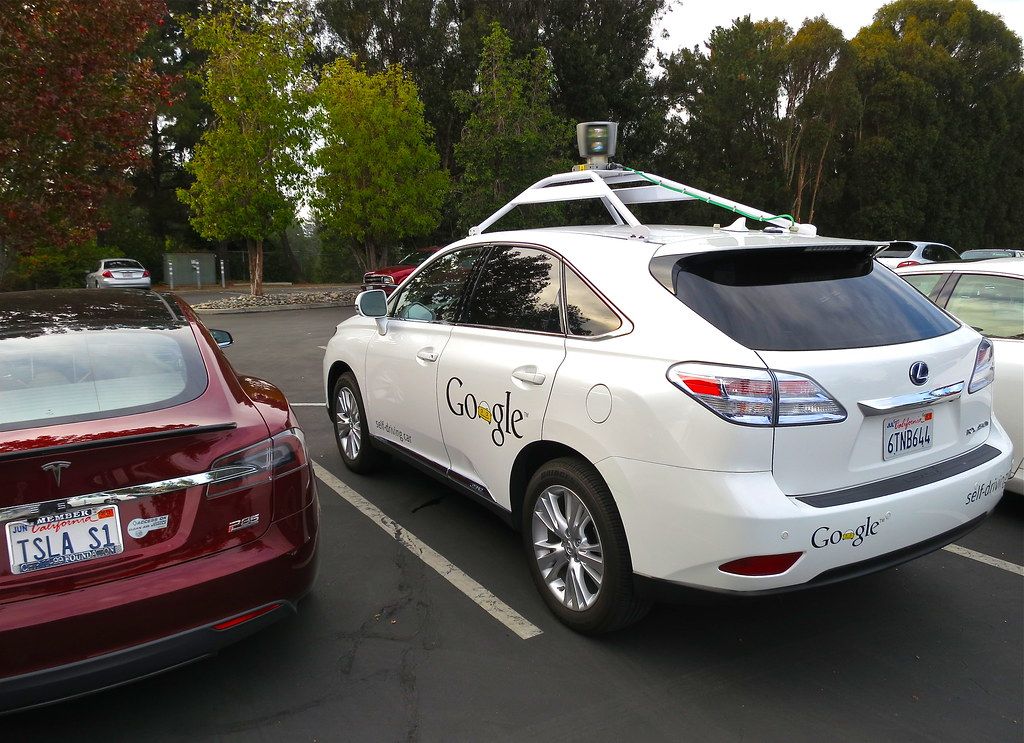
7. **The Power of Disengagement Reports: Monitoring AV Reliability**At the heart of California’s commitment to ensuring safe road sharing with autonomous vehicles lies a powerful and often overlooked regulatory tool: the annual disengagement report. This mandatory reporting requirement is not just a bureaucratic formality; it’s a critical mechanism that directly influences how regulators assess the reliability and safety of self-driving technology. By meticulously tracking instances of human intervention, these reports provide an invaluable, data-driven window into the real-world performance of AVs.
Disengagement reports detail every single time a human safety driver takes manual control of an autonomous vehicle during testing. This could be due to a system malfunction, the AV encountering a scenario it couldn’t handle, or even a perceived safety risk that prompted human intervention. The data captured includes the specific circumstances surrounding each disengagement, providing granular insights into the technology’s limitations and areas for improvement. This level of transparency is rare and provides a robust foundation for regulatory decision-making.
Regulators at the DMV use these reports to monitor trends, identify recurring issues, and evaluate the progress of AV manufacturers in enhancing system safety. If a company consistently reports high disengagement rates, or if its reports fail to demonstrate a clear trajectory of improvement in system reliability, the DMV has the authority to take significant action, including revoking or denying permit renewals. This ensures that companies are held accountable for continuously refining their technology, making the roads safer for everyone as AV capabilities evolve.”
Having laid the groundwork for understanding autonomous vehicles and their initial regulatory landscape, we now shift our focus to the advanced rules governing their deployment, the crucial aspects of accountability and liability, and the long-term compliance measures that pave the way for a truly safer road ahead. As AV technology progresses from rigorous testing to broader public use, the regulatory framework adapts to address new complexities, ensuring that innovation doesn’t outpace safety. This next set of rules is designed to make you a more informed and empowered road user in a future increasingly shared with intelligent machines.
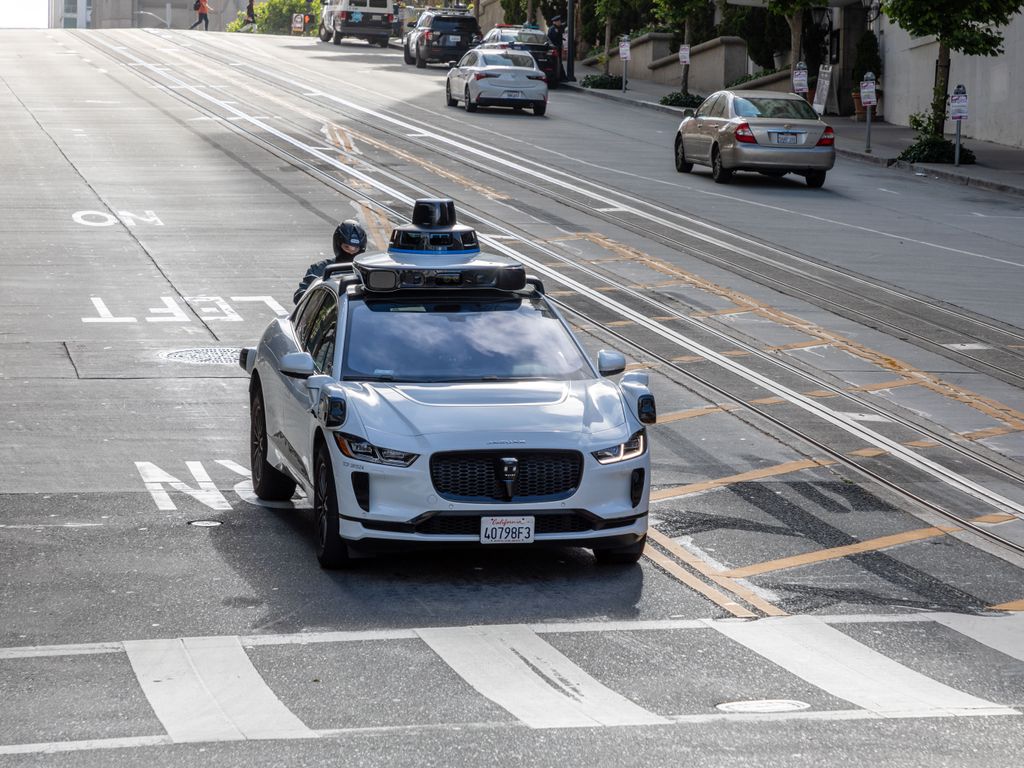
8. **Advanced Deployment Rules for Commercial Operations**Transitioning from testing to full commercial deployment of autonomous vehicles brings a new level of scrutiny and a stricter set of rules. While initial permits focus on proving the technology’s safety, deployment permits, which allow for services like ride-hailing or delivery, demand even more rigorous adherence to federal and state standards. This is where the rubber truly meets the road, as these vehicles will interact directly with the public in everyday scenarios.
A key requirement for commercial deployment is certifying compliance with Federal Motor Vehicle Safety Standards (FMVSS) or securing an exemption from the National Highway Traffic Safety Administration (NHTSA). These federal standards are foundational to vehicle safety, and AV manufacturers must demonstrate that their self-driving systems can meet or exceed them. This ensures that the physical vehicle, alongside its autonomous brain, is built to the highest safety specifications.
Beyond federal compliance, companies must also submit a comprehensive law enforcement interaction plan. This critical document provides guidelines for officers and first responders on how to engage with autonomous vehicles during traffic stops, accidents, or breakdowns, ensuring safe and efficient handling of incidents. Furthermore, operators must prove their capability to receive and respond to real-time vehicle data, a vital component for monitoring performance and addressing issues swiftly in a live operational environment.
It’s also important to note the specific rules emerging for different vehicle types. Recent updates to DMV regulations have allowed for the testing and deployment of autonomous motor trucks (delivery vehicles) weighing less than 10,001 pounds on California’s public roads with an approved permit. However, the DMV continues to exclude the autonomous testing or deployment of vehicles weighing more than 10,001 pounds, signifying a cautious, phased approach to heavy-duty AV integration.
Read more about: Unpacking Driver Concerns: The 14 Critical Hurdles for Autonomous Vehicle Systems

9. **Law Enforcement Interaction Protocols: A Clear Path for Emergencies**Sharing the road safely means everyone, including emergency services, needs to know how to interact with autonomous vehicles. Imagine a traffic stop or an accident involving an AV – without clear guidelines, confusion could lead to dangerous delays. This is why law enforcement interaction protocols are a non-negotiable rule for AV deployment.
Companies must furnish clear guidelines for officers and first responders, detailing exactly how to engage with their autonomous vehicles in various scenarios. These protocols are designed to eliminate guesswork, providing straightforward instructions on how to approach, secure, and manage an AV during incidents. It’s about ensuring that critical moments on the road are handled with precision and safety.
These essential protocols typically include methods for safely disabling the vehicle, accessing critical information quickly, and accurately identifying the responsible entity when no human driver is present. This foresight prevents potential hazards and streamlines emergency responses, making the integration of AVs into our daily traffic flow much smoother and safer for everyone involved. Without these clear communication pathways, AVs could pose unforeseen challenges for our dedicated first responders.

10. **Liability in Autonomous Vehicle Accidents: Understanding Who’s Responsible**When an accident occurs, determining fault is usually straightforward, falling on the human driver. However, the introduction of autonomous vehicles profoundly changes this dynamic, introducing complex legal challenges. Understanding where liability may fall is a critical rule for anyone sharing the road with AVs, offering clarity in uncertain situations.
In an AV accident, responsibility may shift away from a human driver and towards the manufacturer, the software developer, or even a third-party supplier. This fundamental shift acknowledges that the vehicle’s automated driving system, rather than a human, is making the operational decisions. California’s legal framework is designed to address this by allowing for multiple parties to share liability.
The state’s comparative fault system dictates that liability can be apportioned depending on whether the accident resulted from a vehicle malfunction, negligent maintenance, or other external factors. This nuanced approach ensures that all contributing elements are considered when assigning accountability. For road users, this means that the legal landscape is evolving to match the technological advancements, ensuring that pathways to recourse remain clear.
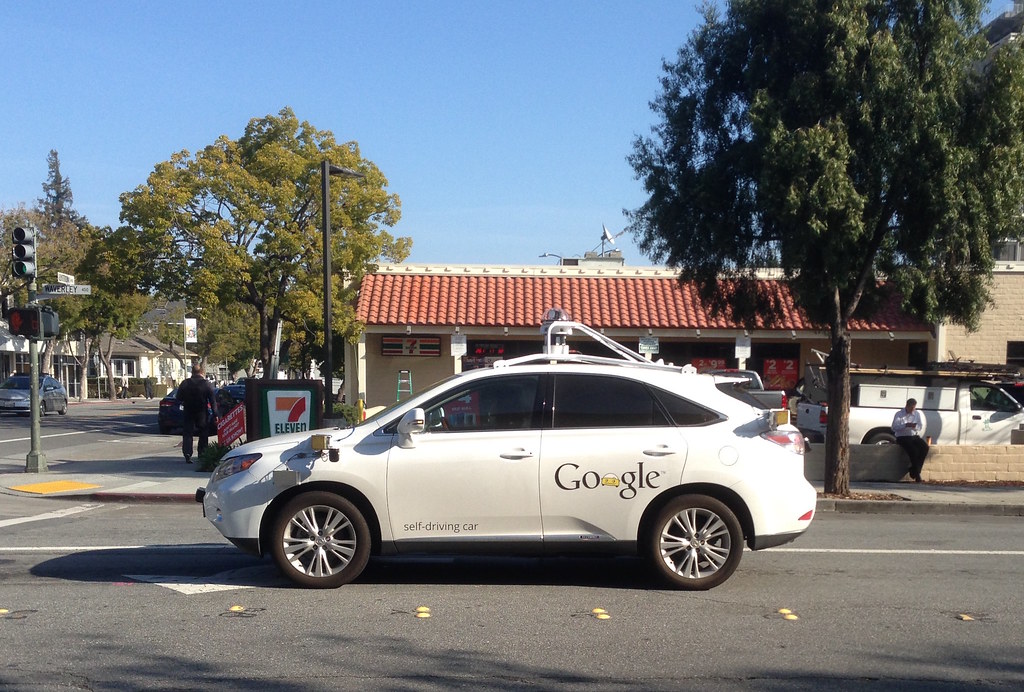
11. **Product Liability Claims Against Manufacturers: Holding the Tech Accountable**When an autonomous vehicle causes harm due to a flaw in its design or function, product liability claims become a primary mechanism for accountability. This specific rule provides a direct path for individuals to seek damages from manufacturers, underscoring the serious responsibility that comes with developing and deploying advanced automotive technology. It’s about ensuring the products we use are safe by design.
Under California’s strict product liability laws, manufacturers can be held responsible if a defect in design, manufacturing, or software contributed to an accident. The significant aspect here is ‘strict liability,’ which means that proving negligence – that the manufacturer acted carelessly – is not necessarily required. If the vehicle was defective and that defect caused injury, the manufacturer can be held liable.
This strong legal framework compels companies to prioritize safety and rigorous testing throughout the entire development cycle of their AVs. It moves beyond merely ensuring a duty of care, allowing plaintiffs to seek damages simply by demonstrating the product’s defectiveness and its causal link to their injury. This rule empowers consumers and provides a powerful incentive for manufacturers to create flawless autonomous systems.
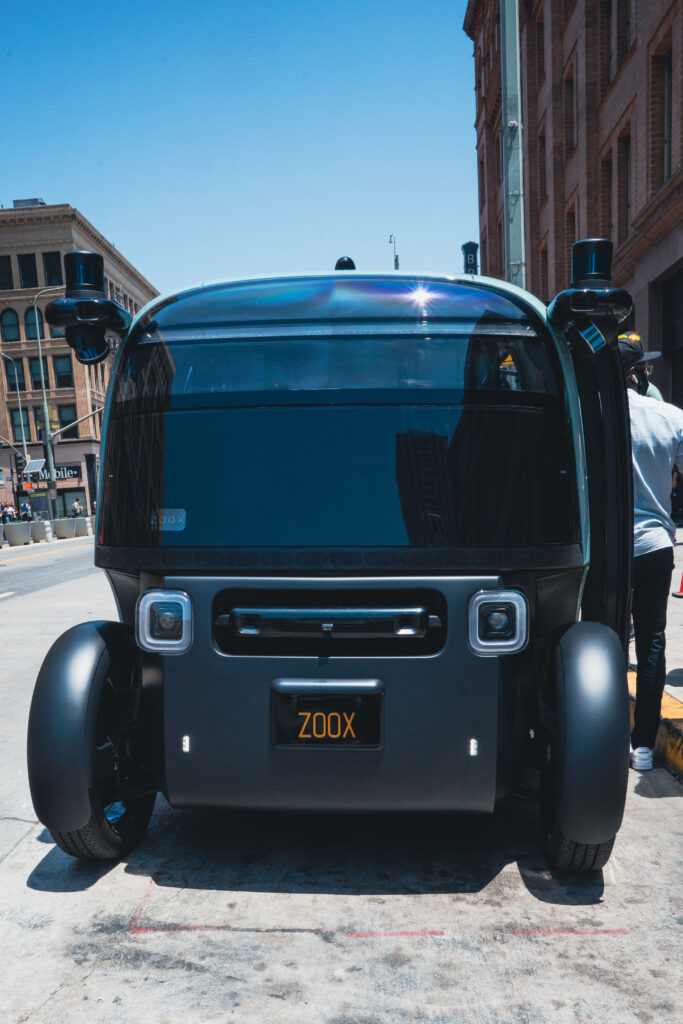
12. **Negligence and Operator Responsibility: Maintaining AV Integrity**While product liability often focuses on inherent defects, another crucial rule addresses the ongoing responsibility of companies that deploy autonomous vehicles for services: negligence. Even the most advanced AV systems require diligent maintenance, monitoring, and timely updates to operate safely. Failure in these areas can lead to significant liability.
Negligence claims may arise if a company fails to maintain or update its autonomous technology after deployment. For instance, if a manufacturer becomes aware of a software flaw that increases the risk of collisions but neglects to issue a timely update or recall, they could be held liable. This extends to operators of AV fleets, such as ride-hailing services, who must actively monitor system performance.
If an accident occurs due to a preventable failure that could have been avoided with proper monitoring or maintenance, the operating company may bear responsibility. This rule emphasizes that simply putting an AV on the road isn’t enough; continuous vigilance and proactive management are paramount. It’s about ensuring that the human element of oversight, even when not directly driving, remains committed to safety.

13. **Mandatory Accident Reporting and Data Logging: The Path to Continuous Improvement**Transparency and meticulous record-keeping are fundamental rules for building trust and ensuring the long-term safety of autonomous vehicles. California enforces strict reporting and compliance requirements, recognizing that every incident, regardless of fault, provides invaluable data for improving AV technology. This proactive approach helps refine systems and prevent future occurrences.
Transparency and meticulous record-keeping are fundamental rules for building trust and ensuring the long-term safety of autonomous vehicles. California enforces strict reporting and compliance requirements, recognizing that every incident, regardless of fault, provides invaluable data for improving AV technology. This proactive approach helps refine systems and prevent future occurrences.
Any crash involving an autonomous vehicle, whether it results in property damage or bodily injury, must be reported to the DMV within 10 days, irrespective of who was at fault. This comprehensive report needs to include crucial details such as the exact time and location of the accident, the extent of damage incurred, and crucially, whether the autonomous system was engaged at the moment of impact. Such granular data is vital for objective investigation.
Furthermore, companies are mandated to maintain continuous data logging capabilities within their AVs. This sophisticated recording system allows authorities to reconstruct incidents, providing a precise timeline of events and evaluating the vehicle’s decision-making processes leading up to a collision. Failure to report incidents or maintain these data logs can result in severe penalties, underscoring the importance of this compliance rule.
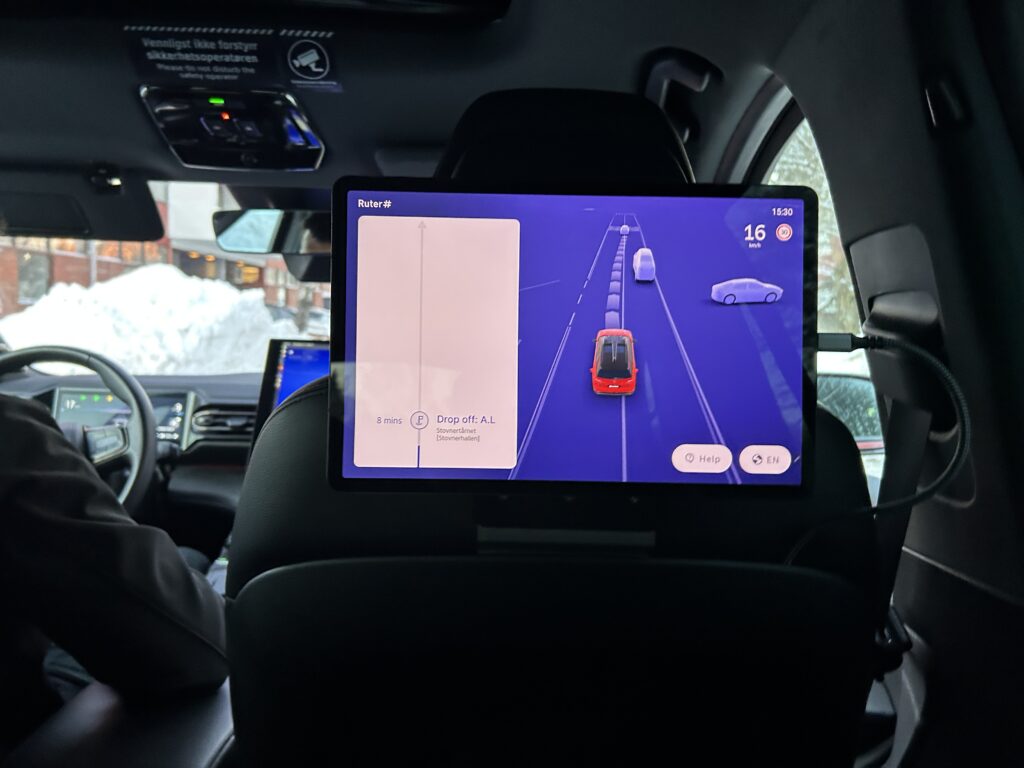
14. **Cybersecurity Compliance for AV Systems: Protecting the Brain of the Car**In an increasingly connected world, protecting autonomous vehicle systems from digital threats is as critical as safeguarding their mechanical components. Cybersecurity compliance measures constitute a vital and evolving rule, designed to protect these complex systems from hacking or unauthorized access. This is about ensuring the integrity and reliability of the technology itself.
The sophisticated algorithms and vast sensor networks that power AVs are vulnerable to cyberattacks, which could potentially compromise vehicle control, data privacy, or even public safety. Therefore, robust cybersecurity protocols are not optional; they are a mandatory requirement for operation. These measures encompass everything from secure software development to encryption and real-time threat detection.
Ensuring strong cybersecurity compliance is a long-term commitment. It requires continuous vigilance and adaptation to new threats, making it an essential component of long-term compliance for AV manufacturers and operators. By building secure systems, we protect not just the vehicles, but also the passengers, pedestrians, and the entire transportation network from malicious interference.
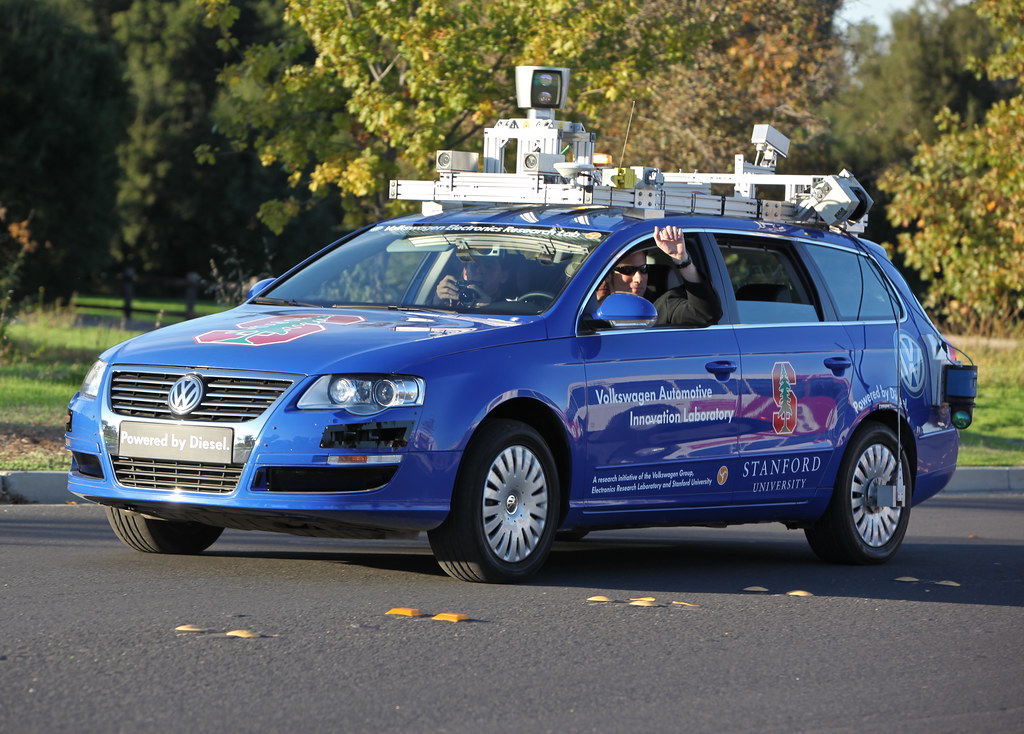
15. **Penalties for Non-Compliance: Upholding the Standards of Safety**Rules are only as effective as their enforcement, and California’s regulatory framework includes significant penalties for those who fail to comply. This final, but critical, rule ensures that AV manufacturers and operators take their responsibilities seriously, fostering a culture of accountability and safeguarding public trust in this new technology. Ignoring these rules is simply not an option.
The severity of penalties depends directly on the nature of the violation and the potential risk to public safety. Companies that fail to meet stringent insurance requirements, neglect to submit required reports, or fall short on safety standards may face substantial administrative fines, often amounting to several thousand dollars per violation. Repeated noncompliance can escalate quickly, leading to the suspension or even permanent revocation of operating permits.
More serious transgressions, such as operating autonomous vehicles without a valid permit or intentionally failing to report accidents, carry consequences far beyond mere fines. These actions can lead to civil litigation, with companies facing lawsuits under consumer protection and fraud statutes, and in egregious cases, even criminal charges. Additionally, local authorities, particularly in densely populated testing hubs like San Francisco, have pushed for and imposed stricter enforcement measures against companies that fail to observe traffic laws or obstruct emergency responders, demonstrating a multi-layered approach to upholding safety on our shared roads.
The journey of integrating autonomous vehicles into our daily lives is a testament to human ingenuity, yet it’s a path that must be navigated with caution and clear guidance. The comprehensive rules established in California, from initial testing to long-term compliance and accountability, are not roadblocks to innovation but rather guardrails for progress. By understanding and respecting these rules, every road user — whether in a traditional car, on a bike, or experiencing the marvel of a self-driving journey — contributes to a future where technology enhances safety, efficiency, and the sheer joy of mobility for all. Here’s to a smarter, safer drive ahead!

